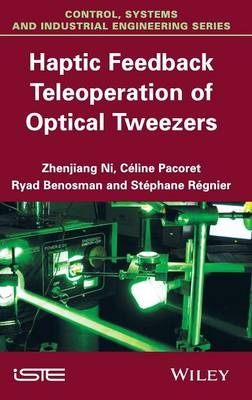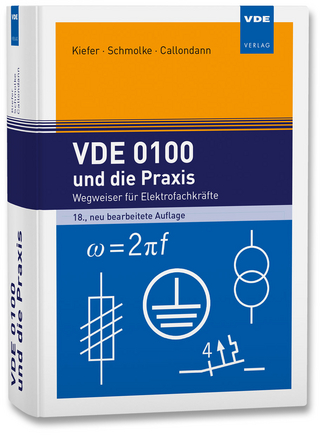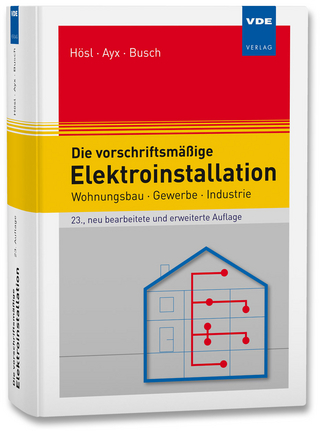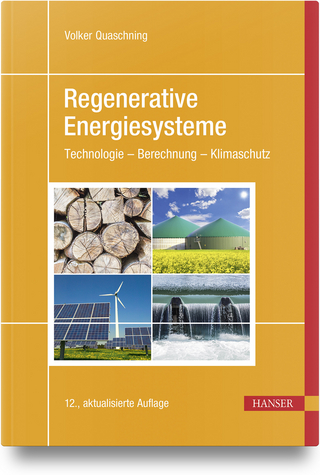
Haptic Feedback Teleoperation of Optical Tweezers
ISTE Ltd and John Wiley & Sons Inc (Verlag)
978-1-84821-695-2 (ISBN)
This technique allows users to explore the microworld by sensing and exerting piconewton-scale forces with trapped microspheres. The design of optical tweezers for high-quality haptic feedback is challenging, given the requirements for very high sensitivity and dynamic stability. The concept, design process and specification of optical tweezers reviewed throughout this book focus on those intended for haptic teleoperation. The authors provide two new specific designs as well as the current state of the art. Furthermore, the remaining important issues are identified for further developments. Haptic optical tweezers will soon become an invaluable tool for force feedback micromanipulation of biological samples and nano- and micro-assembly parts.
Zhenjiang Ni is a postdoctoral researcher at Institut des Systèmes Intelligents et de Robotique (ISIR) at University Pierre and Marie Curie in Paris, France. Céline Pacoret is a postdoctoral researcher at Institut des Systèmes Intelligents et de Robotique (ISIR) at University Pierre and Marie Curie in Paris, France. Ryad Benosman is a lecturer at University Pierre and Marie Curie as well as at Institut de la Vision in Paris, France. Stéphane Régnier is Professor at Institut des Systèmes Intelligents et de Robotique (ISIR) at University Pierre and Marie Curie in Paris, France.
PREFACE ix
INTRODUCTION xi
CHAPTER 1. INTRODUCTION TO HAPTIC OPTICAL TWEEZERS 1
1.1. Introduction 1
1.2. A dexterous experimental platform 3
1.2.1. A dexterous micromanipulation technique 3
1.2.2. A dexterous user interaction for micromanipulation 5
1.2.3. Pioneering works 8
1.3. Interactive optical tweezers 10
1.3.1. Displacement techniques 10
1.3.2. Impact of the laser deflection 14
1.3.3. Measurement techniques 16
1.4. Specific designs for haptic interactions 21
1.4.1. Temporal sharing 22
1.4.2. Spatial sharing 24
1.5. Discussion 26
1.6. Conclusion 29
1.7. Bibliography 30
CHAPTER 2. HIGH-SPEED VISION: FROM FRAME-BASED TO EVENT-BASED 45
2.1. High-speed cameras 45
2.1.1. Image data acquisition 46
2.1.2. Image data transmission 48
2.1.3. Image data processing 51
2.2. Silicon retinas 52
2.2.1. Neuromorphic engineering 52
2.2.2. Dynamic vision sensor (DVS) 54
2.2.3. Asynchronous time-based image sensor 57
2.3. The advantages of asynchronous event-based vision 59
2.3.1. Frame-based methodology 59
2.3.2. Event-based acquisition 60
2.3.3. Event-based processing 62
2.4. The fundamentals of event-based computation 64
2.5. State of the art of silicon retina applications 67
2.6. High-speed vision in robotics 70
2.6.1. Examples 71
2.6.2. Difficulties 74
2.7. Necessity of high-speed vision in microrobotics 76
2.7.1. Automatic control of a microrobot 76
2.7.2. Teleoperated micromanipulation 77
2.7.3. Two concrete applications 80
2.8. Bibliography 85
CHAPTER 3. ASYNCHRONOUS EVENT-BASED 2D MICROSPHERE TRACKING 93
3.1. Reliable haptic optical tweezers 93
3.2. State of the art of high-speed microparticle tracking 95
3.2.1. Position detection devices 96
3.2.2. Candidate algorithms 98
3.3. Microsphere tracking using DVS 101
3.3.1. Event-based continuous Hough transform 101
3.3.2. Multiple microsphere tracking 103
3.3.3. Brownian motion detection 108
3.4. 2D haptic feedback micromanipulation with optical tweezers 112
3.4.1. Strategy of haptic coupling with optical tweezer 113
3.4.2. Haptic feedback optical tweezer system setup 114
3.4.3. First experiments on force sensing in the microworld 117
3.4.4. A comparison of frame-based and event-based vision in micromanipulation 121
3.5. Conclusions 124
3.6. Bibliography 125
CHAPTER 4. ASYNCHRONOUS EVENT-BASED 3D MICROSPHERE TRACKING 129
4.1. 3D sphere tracking methods 130
4.1.1. Defocus 131
4.1.2. Intensity average on frame-based images 133
4.1.3. Polarity integration 135
4.1.4. Extension of continuous Hough transform 137
4.1.5. Robust circle fitting 139
4.1.6. Summary of different methods 143
4.2. 3D haptic feedback teleoperation of optical tweezers 144
4.2.1. Configuration and method 144
4.2.2. Z-axis force feedback 147
4.3. Haptic feedback on multitrap optical tweezers 149
4.3.1. Time multiplexing multitrapping by galvanometer 149
4.3.2. Events-trap correspondence 152
4.3.3. Multitrap experimental results 154
4.3.4. Marketability 158
4.4. Piezoelectric microgripper tracking for stable haptic feedback 160
4.4.1. System setup 161
4.4.2. Vision system 164
4.4.3. Haptic coupling strategy 167
4.4.4. Experimental results 170
4.4.5. Interest to industry 177
4.5. Conclusions 177
4.6. Bibliography 178
CONCLUSIONS AND PERSPECTIVES 181
INDEX 187
| Verlagsort | London |
|---|---|
| Sprache | englisch |
| Maße | 164 x 243 mm |
| Gewicht | 467 g |
| Themenwelt | Technik ► Elektrotechnik / Energietechnik |
| Technik ► Maschinenbau | |
| ISBN-10 | 1-84821-695-5 / 1848216955 |
| ISBN-13 | 978-1-84821-695-2 / 9781848216952 |
| Zustand | Neuware |
| Informationen gemäß Produktsicherheitsverordnung (GPSR) | |
| Haben Sie eine Frage zum Produkt? |
aus dem Bereich


